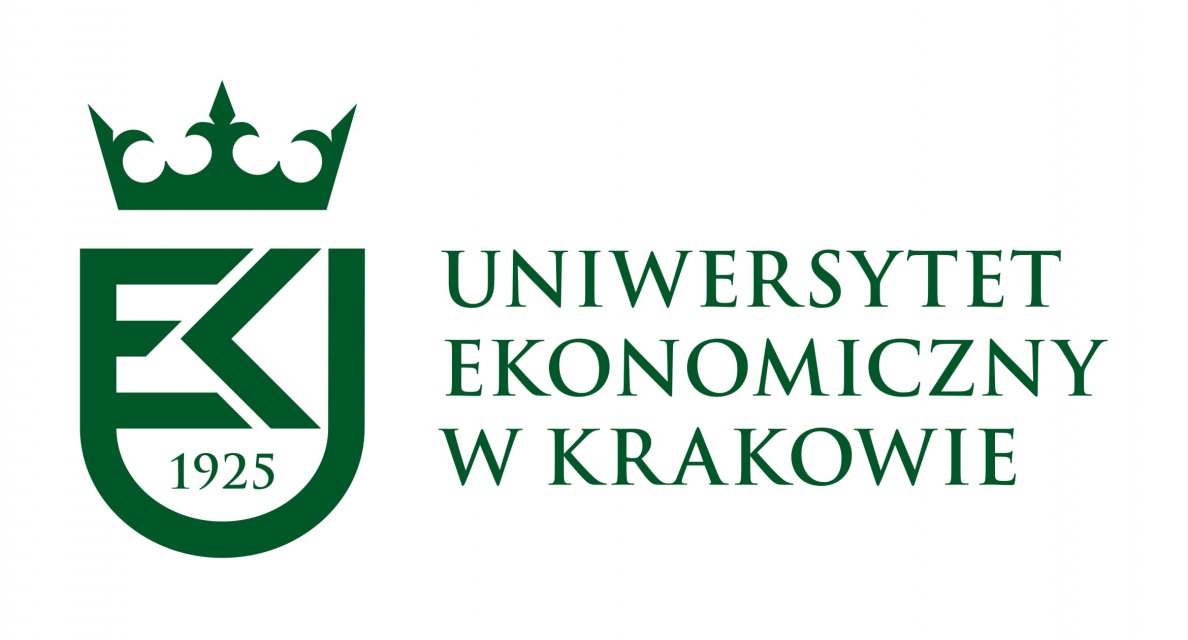
| ||||||||||||||||||||||||||||||||||||||||||||||
|
Learning Outcomes Objectives and goalsClick to read
At the end of this module you will be able to: Know about anti-crisis support mechanisms limiting the social obligations of employees Special suspension of some social employer’s obligations Legal and economic solutions – anti-crisis shieldsClick to read
The main goal of state aid → protection of jobs and security of employees Most frequently institutions used were: Source: Esmerald. IO2 Summary, 2022 (by CUE); OECD SME and Entrepreneurship Outlook 2021; European Commission. 2021. SME Annual Report - 2020/2021. [online] Available at: https://ec.europa.eu/docsroom/documents/46062.
Limiting social employees’ obligations by remote workClick to read
Sources: Aspekty pracy zdalnej z perspektywy pracownika, pracodawcy i gospodarki, PARP, stan na 15 grudnia 2021 r.; Raport o stanie sektora małych i średnich przedsiębiorstw w Polsce, PARP, Warszawa 2020; Eurofound (2020b), Living, working and COVID-19, COVID-19 series, Publications Office of the European Union, Luxembourg. Collective agreements reducing social employee’s obligationsClick to read
Main examples: Collective agreements on the working conditions during economic downtime and reduced working hours
STATISTIC DATA
Source: IO2, Summary report on the impact of COVID-19 on SMEs and their resilience, Executive summary of findings, 2022 and the literature cited therein.
Suspension of some obligations with the company social benefits fund Click to read
The suspension of the obligation to establish or operate a company social benefit fund:
Source: IO2, Summary report on the impact of COVID-19 on SMEs and their resilience, Executive summary of findings, 2022; the Polish example; Other solutions on reduction of the employee’s social obligationsClick to read
1. Other solutions on reduction of the employee’s social obligations
Source: IO2, Summary report on the impact of COVID-19 on SMEs and their resilience, Executive summary of findings, 2022; 2. Special flexible solutions according to the anti-crisis shield
Sources: European Commission. 2021. SME Annual Report - 2020/2021. [online] Available at: <https://ec.europa.eu/docsroom/documents/46062> [Accessed 15.11.2021]; IO2, Summary report on the impact of COVID-19 on SMEs and their resilience, Executive summary of findings, 2022. 3. Special solutions to reduction of employment
Examples: IWS, UNIDU, Poland, SEERC Greece. |
Test Yourself! 
Description:
A number of anti-crisis legal institutions have been introduced in Poland, which are aimed at facilitating the organization of work of employees and flexible development of work (e.g. flexible work time institutions), as well as limiting the social obligations of employers and solutions aimed at providing financial support to entrepreneurs in order to maintain workplaces. The aim of this training is learning more about anti-crisis possibilities related to suspension, reduction or limiting some social benefits of employers’s obligations during crisis time.
Keywords
Suspension, reduction, social obligations
Bibliography
Coronavirus (COVID-19): SME Policy Responses, OECD, updated 15 July 2020.
Raport o stanie sektora małych i średnich przedsiębiorstw w Polsce, PARP, Warszawa 2020;
M. Latos-Miłkowska, Collective Agreements in the Anti-Crisis Shield, Praca i Zabezpieczenie Społeczne 2020/10.
Ł. Pisarczyk, A. Boguska, Sfera zatrudnienia w działaniach antykryzysowych. Wybrane zagadnienia, Monitor Prawa Pracy, 2020/9.
M. Karkowska, Between the letter of the law and practice. Responses to top-down regulations related to the spread of COVID-19 in 2020 and 2021, Studia BAS, 1(69)2022.
M. Mędrala, Ograniczenia praw zatrudnionych w tarczy 4.0 – niektóre refleksje w kontekście zasad konstytucyjnych, Monitor Prawa Pracy 9/2020.
 Play Audio
Play Audio 














